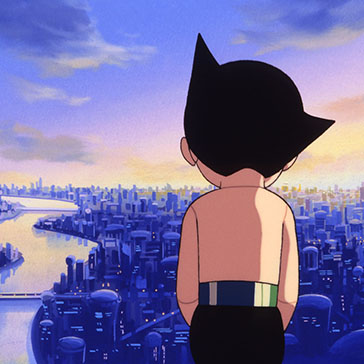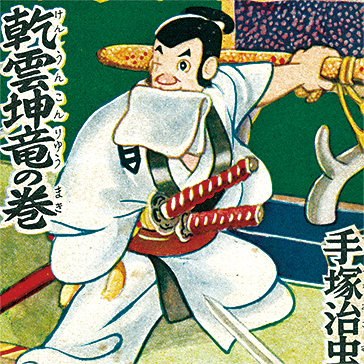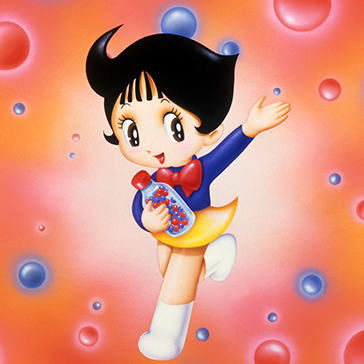

STORY
This is a fictional story set against the backdrop of real historical figures. The plot unfolds in a way that blends imagination and reality in a style unique to Osamu Tezuka.
In late Edo-period Kyoto, a wounded man seeks refuge in the home of a poor samurai who lives with his son. Although the samurai doesn’t know the man's background, he shows compassion by hiding him in their house. Tragically, the samurai is killed by a pursuer from the Tosa clan.
Devastated by his father's death at the hands of the pursuer, Hanzo Shonai, the son, Kyujuro Fukakusa vows to take revenge. He dedicates himself to honing his swordsmanship and joining the Shinsengumi to fulfill his quest for vengeance.
During the recruitment test, Kyujuro meets a boy around his age named Daisaku Kamagiri. Despite his youth, Daisaku is a skilled practitioner of Shintō Munen-ryū swordsmanship. Yet he is a mysterious character who can calmly enjoy a sweet bun even after engaging in sword fights with ruffians. Kyujuro and Daisaku get along and quickly make friends.
Although Kyujuro joins the Shinsengumi to avenge his father's death, he soon begins to feel the emptiness of taking lives. This realization leads him to experience inner turmoil as he is compelled to kill under the orders of the commander. Meanwhile, the Shinsengumi's commander, Kamo Serizawa, becomes increasingly power-hungry and tyrannical, abusing his authority.

DESCRIPTIONS
1963/01-10 Serialized in Shonen Book (Shueisha)
This story features two fictional young samurai boys serving Shinsengumi during the transition period when Japan experienced dramatic political changes from centralized feudalism to constitutional monarchy under the Meiji Emperor. At that time, armed confrontations occurred repeatedly between those supporting the Edo feudalism system and those claiming to return the political power to the Imperial family. Amidst such conflicts, Sinsengumi, a small group of young samurai warriors supporting the feudal system, was established. The members were mainly young warriors, but farmers and masterless warriors were also included.
Shinsengumi is well-received by many Japanese people despite its involvement in several assassinations. Under the flag with the Chinese character meaning “faith”, the young warriors with pure ideals running through the turbulent days are considered heroes, and some key members, such as Isamu Kondo, Toshizo Hijikata, and Soshi Okita have been featured in novels, movies, and manga works so far. Tezuka was also one of the creators who depicted the days in his style.









